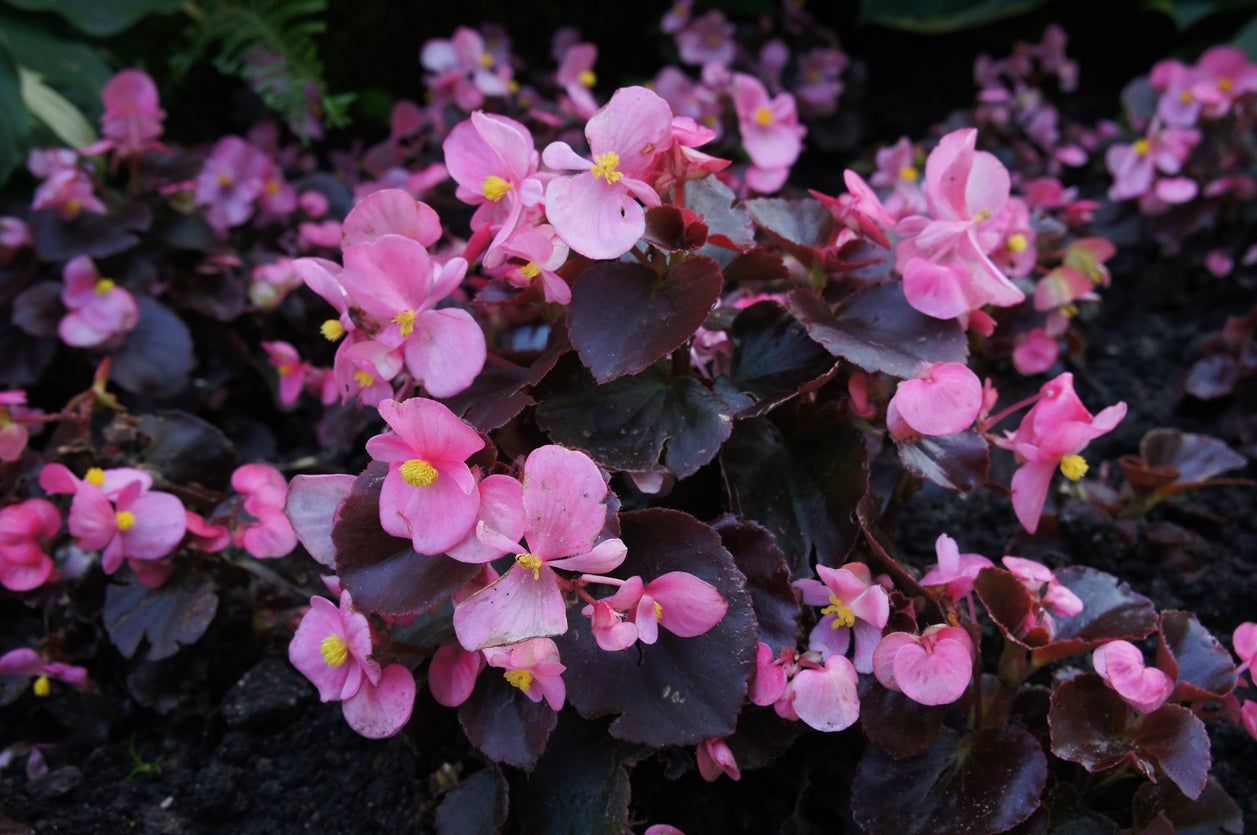Begonia Aster Yellows Control: Treating Begonia With Aster Yellows

Begonias are gorgeous, colorful, blooming plants that can be grown in USDA zones 7 through 10. With their glorious blossoms and decorative foliage, begonias are fun to grow, yet not without their issues. One problem the grower may encounter is aster yellows on begonias. The following article contains information on how to identify a begonia with aster yellows disease and aster yellows control.
What is Begonia Aster Yellows Disease?
Aster yellows disease on begonias is caused by a phytoplasma (formerly referred to as a mycoplasma) that is spread by leafhoppers. This bacterium-like organism causes virus-like symptoms in a huge host range of more than 300 plant species in 48 plant families.
Symptoms of a Begonia with Aster Yellows
The symptoms of aster yellows vary depending upon the host species combined with the temperature, age, and size of the infected plant. In the case of aster yellows on begonias, the first symptoms appear as chlorosis (yellowing) along the veins of young leaves. The chlorosis worsens as the disease progresses, resulting in defoliation.
Infected plants do not die or wilt but, instead, maintain a rather spindly, less than robust growth habit. Aster yellows may attack part or all of the plant.
Begonia Aster Yellows Control
Aster yellows overwinters on infected host crops and weeds as well as in adult leafhoppers. Leafhoppers acquire the disease by feeding on the phloem cells of infected plants. As early as eleven days later, the infected leafhopper can transmit the bacterium to plants it is feeding on.
Throughout the lifecycle of the infected leafhopper (100 days or longer), the bacterium multiplies. This means that as long as the infected leafhopper lives, it will continuously be able to infect healthy plants.
The bacterium in the leafhoppers can be quelled when temperatures surpass 88 degrees F. (31 C.) for 10 to 12 days. This means that hot spells lasting for more than two weeks reduce the chances of infection.
Gardening tips, videos, info and more delivered right to your inbox!
Sign up for the Gardening Know How newsletter today and receive a free copy of our e-book "How to Grow Delicious Tomatoes".
Since weather cannot be controlled, another plan of attack must be followed. First, destroy all susceptible overwintering hosts and destroy any infected plants. Also, remove any weed hosts or spray them prior to infection with an insecticide.
Place strips of aluminum foil between the begonias. This is said to aid in control by disorienting the leafhoppers with the reflection of the light playing against the foil.

Amy Grant has been gardening for 30 years and writing for 15. A professional chef and caterer, Amy's area of expertise is culinary gardening.
-
 Spectacular Early Blooming Shrubs: 6 Sparkling Spring Flowering Bushes
Spectacular Early Blooming Shrubs: 6 Sparkling Spring Flowering BushesWant to kickstart your gardening year with dazzling spring flowering bushes for beds and borders? These unique early bloomers are sure to help you rise and shine!
By Teo Spengler
-
 Best Herbs To Plant With Tomatoes: 6 Perfect Companions For Better Flavor & Bigger Harvests
Best Herbs To Plant With Tomatoes: 6 Perfect Companions For Better Flavor & Bigger HarvestsCertain herbs make excellent neighbors to tomatoes in the vegetable garden, repelling pests, keeping down weeds, and enhancing flavor. Try these top varieties.
By Mary Ellen Ellis
